By Bettina Shultz-Jobe with Kate Naylor
In a 2023 webinar we discussed the importance of having a clear understanding of the service you provide when offering *Equine Assisted Services in your community.
When communicating with clients, collaborative partners, or funding sources it is imperative that we can speak to how our service helps others, who it helps, if there is any research on this service, and last but certainly not least, how does incorporating horses into that modality make that service a richer, deeper, more embodied and effective experience for the participant?
While this blog will not focus on the “Why Horses?” part of the conversation, (admittedly, the part that most of us love to talk about!) how we answer this question IS super important, and was discussed during this webinar if you’re interested. It’s also a conversation for another day.
2025 Edit: Recently, we deepened the conversation about scope of practice in another webinar. We gave some concrete examples of how your scope of practice affects the work you do with clients and horses. You can find this webinar here.
Speaking of 2025, check out our 2025 training opportunities, here!
So then, let’s talk about the first part of our communication about what we do, which is also very important – the services your equines assist. . .
*Learn more about our terminology here.
Foundations of Service
It is crucial that we understand how we would serve our clients without horses present before we can ethically and effectively incorporate horses into our work. Yes, horses are such powerful partners, but they aren’t the only part of the process….AND there is just so much more to hold when they are part of your services.
In this field we offer what is called Equine Assisted Services – an umbrella term that encompasses things like:
- Equine Assisted Mental Health and Counseling or Equine Assisted Psychotherapy which is facilitated by a licensed mental health professional.
- Equine Assisted Coaching facilitated by a certified coach.
- Equine Assisted Energy Work
- Equine Assisted Health and Wellness
- Equine Assisted Spiritual Direction
- Equine Assisted Reading Support (yes, even this is a thing! I discussed it in the webinar I mentioned at the beginning of this blog.)
- The list can go on and on. . .
NL teaches you how to incorporate horses into the service you provide in a trauma informed manner. This approach is based in the relational sciences and is attachment focused.
In order to use the Natural Lifemanship approach ethically and effectively, you must know what services you provide separate from the inclusion of horses. You can explore this idea further by asking yourself…what have I learned about how humans heal, and what do I believe about how humans heal? What skills do I offer people to support their healing? What are my goals when I work with a client? If I couldn’t work with the horses today, would I still be offering competent services to my clients?
Several of you have asked that we provide some suggestions of places you can get more support, guidance, and education as you hone the services you provide.
There simply is no way for us to give you an exhaustive list, so I have narrowed this list down the following ways:
-
- The list below includes only trainings that do not require participants to have a Master’s level education or license in the therapy field. Mental health, occupational, and physical therapists often find it easier to describe the service they provide, so I wanted this blog to offer support, or a starting point for those who are outside of the “therapy” box.
- I shared several trainings that I have personally completed and have found to be very helpful in the work I do with people and horses. Many licensed professionals will find these trainings beneficial, but a professional license is not a requirement to attend. Again, all of the trainings below can help build a skill-set and refine the service someone outside of the therapy field is offering.
- I have also included some trainings that NL trainers or certification students have completed, but I, personally, have not. We have over 300 certification students that come from various backgrounds and I spend a lot of time with most of them – during the certification process it is often clear to me when a person has trained in a way that better prepares them to integrate NL into their practice.
- Lastly, I have chosen services in which the integration of horses as partners seems natural and organic. Horses do a beautiful job of assisting these services, if you will.
I hope you find this list helpful as a starting point. I also included a few links to some NL content if you are interested in exploring a certain category of services with us.
By the way, more learning for NL Members is coming soon in every single one of these categories! To be notified when we release new trainings and resources in these categories, sign up for our newsletter.
Trauma Informed Care
Trauma informed care is for everyone! This is why it is the backbone of the Natural Lifemanship trainings, and informs many of the services that follow in this list. NL offers a detailed overview, however there is plenty more to learn if this is to be a service you choose to offer.
Trauma informed care simply means that one is working from a place of 1)understanding the neurobiology of humans and how trauma affects that neurobiology, 2) understanding the value of rhythm and how to offer it, both literally and figuratively, and 3) is relationship first focused (relationship before task – this is easier said than done in day to day life).
Trauma Informed Care is a perspective, an ethos, a philosophy, as well as an approach, and can therefore be utilized in literally any service.
The Neurosequential Model: Dr. Bruce Perry. Tracks offered for clinicians, educators, caregivers, sports coaches and trainers, clinical supervisors, and clinicians who work with young children.
Nurturing the Heart with the Brain in Mind: Bonnie Badenoch
The Mindsight Institute: Interpersonal Neurobiology with Dr. Dan Siegel
NL content available if you are interested in exploring this direction:
The Fundamentals of NL teaches many of these foundational concepts.
Conversation with Bonnie Badenoch for NL Members
Trauma Informed and Developmentally Sensitive Schools for NL Members
Trauma Informed Care and Trauma Informed Relationships are for Everyone for NL Members
NL Connection Kits to support bottom-up regulation
Somatic Work
“Somatic” means “relating to the body”. As our understanding of human beings has evolved and deepened, one thing has become clear no matter the theory or perspective…the body is not simply a machine executing the brain’s wishes, it is alive with its own way of thinking and feeling and it informs all that we do.
If we wish to support humans in a healing process, at the very least, a basic awareness of how the body is involved in developing a person’s lived experience is necessary. Not only will somatic training aid you in supporting humans, it will deepen your relationship with yourself and your horses as well. All of this learning will complement what NL teaches. Horses are natural partners for somatic, body-based, and movement practices.
Somatic Experiencing
The Center for BodyMindMovement
Uzazu Embodied Intelligence
Body-Mind Centering
New in 2025! Embodied Developmental Movement, a collaboration between NL (and the NL horses!) and The Center for BodyMindMovement!
NL Member content available if you are interested in exploring this direction:
Healing Attachment Wounds Through Movement with Bettina Shultz-Jobe
Orientation: Moving into Presence with Mark Taylor
Somatic Experiencing®, Attachment and Touch with Sarah Schlote
NL Intensive and Personal Immersion delve into this much more.
Coaching
Coaches typically assist people in identifying, pursuing and achieving specific goals and objectives. When working with humans to support their growth and development, no matter the modality, it is necessary for providing ethical services that the provider have a basic rationale for why and how they will approach a session, as well as develop goals to guide the work.
Coaching trainings will support you in learning how to provide that structure for your clients. Horses tend to give very genuine and honest feedback so their interactions with humans can help clarify patterns of behavior, relating, and communication that may be contributing to a client feeling stuck or blocked from moving forward in their life.
International Association of Trauma Recovery Coaching
Neuro Somatic Intelligence Coaching
Ontological Coaching
Experiential Facilitator Training
The human nervous system needs experiential learning to turn information into embodied knowledge. Purely cognitive approaches to healing take us only so far – in order to promote lasting change in a client, we must include the whole experience – not just thoughts, but emotions, sensations, perceptions, relationships, etc.
Facilitating a client experientially can be quite different from traditional talk approaches and requires a separate skill set. Learning to support your clients in having a healing experience takes training and practice.
Extreme Facilitation with Become More
Facilitation 101
We! With Chad Littlefield
Mark Collard – based in Australia, but has super valuable online learning
New in 2025! Extreme Facilitation (scroll down to collaborations and partnerships) hosted at the NL Headquarters.
NL Member Content available if you are interested in exploring this direction:
Rainy Day Activities: Trauma informed, experiential activities that can be done without horses AND that blend well with EAS programming
Mindfulness and Meditation
Mindfulness and meditation practices focus on bringing the mind into the present moment, which can include noticing our surroundings with our senses, observing our internal experience, and tracking the body’s experience as well. Often some breathwork is involved. These practices support clients in grounding and regulation which are the foundation of any future healing, and can be utilized anytime, making them incredibly approachable practices.
Both mindfulness and meditation trainings are a great entry point for those wishing to provide healing services – often trainings offer a protocol or specific skill set that can be implemented immediately. Of course, fine tuning one’s offering takes time.
The Mindfulness Meditation Teacher Certification Program
Mindfulness Based Stress Reduction
Little Flower Yoga: Mindfulness and Yoga for Children
Content available to NL members if you are interested in exploring this direction:
Mindfulness Practices to Build Connection with Shannon Knapp
Therapeutic Drumming
The research that supports drumming keeps rolling in. The individual or group connection that occurs through rhythmic music making can be a powerful offering in the support or healing of clients. It is also playful, creative, and engaging! (AND so amazing when the horses are part of this!)
Upbeat Drum Circles with Christine Stevens
Health Rhythms
Village Music Circles with Arthur Hull
NL Content available if you are interested in exploring this direction:
Finding Your Rhythm: Therapeutic Drumming with Mary Oliver and Reccia Jobe for NL Members
NL Rhythm Resources
Rhythmic Riding and Personal Immersion both integrate therapeutic drumming
Rhythmic Passages for Wellbeing with Mary Oliver for NL Members
The NL Drum Connection Kit
Breathwork
Everyone breathes, it happens automatically. And, everyone can control their breath, with practice. Our breath is linked to our nervous system in intricate ways and the one influences the other. Learning to aide clients in breathwork is a simple and effective way to support them in regulating themselves, staying connected to their own internal and external experiences, and begin healing from the inside out. The breath is a tool everyone has access to, regardless of circumstance, making it a highly approachable service to offer.
Heart Math Institute
Online Breathwork Teacher Training
NL Member content available if you are interested in exploring this direction:
I recently did some teaching for NL members about ways we have integrated the HeartMath emwave into our work here and here.
Breathing Practices for Nervous System Awareness and Regulation with Jennifer Cohen Harper.
Energy Work
So much of our human experience occurs in the unseen exchange of energy between ourselves and the world around us. Training in energy work can support a practitioner in honing in on this exchange of energy and facilitate energetic movement that fosters healing in a variety of populations.
The language of horses is largely energy based. Horses communicate with their bodies and provide rich opportunities for people to learn how to tap into this deeper knowing of the rhythm and flow of the energy of their own bodies.
Reiki – Many of our certification students are trained in Reiki. Mary Oliver, our Rhythm and Art Education Coordinator, recommends that you find a qualified Reiki Master for Usui Reiki (teachings of Mikao Usui) that has good reviews. Some of our students recommend Torsten A. Lange, The International House of Reiki, and Simply Reiki.
Eden Energy Medicine
Emotional Freedom Techniques: EFT Tapping Training Institute
NL Content available if you are interested in exploring this direction:
Personal Immersion and NL Intensive touches some of these concepts
Tapping into Peace: Percussive Tapping Techniques for Self-Regulation and Soothing for NL Members
Chakra Balancing with Michelle Holling-Brooks
Yoga
Yoga is an excellent way to support connection to one’s own body and internal experience – it offers rhythmic and intentional movements that explore, soothe, and strengthen. When conducted in a trauma informed manner, yoga can be very healing for the body and cultivate growth that is beyond or beneath words.
The Trauma Conscious Yoga Institute
Little Flower Yoga: Mindfulness and Yoga for Children
Parts Work
“Parts work” is the idea that every individual is multi-faceted, or contains multiple sides or parts of self. These parts come alive for different reasons, to serve different purposes, and make up the beautiful and complex nature of being human. Supporting clients in working with their “parts” destigmatizes and expands the range of human experience, which often allows clients to experience less shame and a more integrated, central sense of self.
Jungian Archetypes also address a similar concept – that the human experience is both collective and individual, we all experience a wide variety of ways of being in the world and identifying too strongly with parts, or rejecting parts, can lead to suffering.
In archetypal work and parts work, the practitioner supports the client in seeking balance, and feeling whole – this is a perspective anyone can operate from to support healing in self and others.
IFS Institute
Life Architect
Pacifica (This one is an M.A. or Ph.D program)
Jungian Archetypes Diploma Course
Content available through NL membership if you are interested in exploring this direction:
A journey from Parts to Self with Jenn Pagone
The Journey into Self-Leadership: Integrating the Internal Family Systems (IFS) Model with EAS with Jenn Pagone
Working with Regression and Parts Learning Path
Psychodrama
Psychodrama is an experiential way of facilitating clients that involves making what is internal become external. Psychodrama supports the processing of memories, intentional acknowledgement of the present, exploration of dreams, engagement with parts and unavailable others, and practicing for the future – which makes it a suitable facilitation approach for a variety of practitioners, and blends well with a variety of other methods. This approach can be done with individuals and groups and involves constructing figurative and literal representations of an image, experience, place, etc so that the “director” and client can walk through the experience together.
American Board of Examiners in Psychodrama, Sociometry, and Group Psychotherapy
American Society of Group Psychotherapy and Psychodrama
Federation of European Psychodrama Training Organizations
Polyvagal Theory
Polyvagal theory is an emerging approach that addresses the experience of the nervous system in response to social and environmental cues. Techniques developed from the theory support practitioners and clients in noticing and regulating nervous system functioning in order to find safety and calm within the body. This groundbreaking theory and its ongoing development will no doubt continue to be cutting edge in the field of health and wellness.
EQUUSOMA
Deb Dana’s Rhythm of Regulation
Content available through NL membership if you are interested in exploring this direction:
Doing Attachment-Based Work (in-person and through telehealth)
Working with Children and Parents
Children and their parents make up a significant portion of the clientele seeking equine assisted services. Learning to support families in cultivating their own health can be an incredibly satisfying endeavor, with a wide ripple effect. When we understand how the relationship is the vehicle for change, we can positively impact children and their parents no matter our background.
Trust Based Relational Intervention (TBRI)
Being With with Robyn Gobbel
Content available through NL if you are interested in exploring this direction:
NL for Young Children and Parents
Spiritual Direction
Healing often requires engagement with mind, body, and spirit/soul. There are many ways to become a spiritual mentor to anyone who feels called to the role.
Spiritual Direction International
The Living School is considered a wisdom school so it doesn’t fully fit under this category, but I am placing it here because of the profound manner in which its students seem equipped to guide people in contemplative spirituality.
The Sacred Art of Living A school offering many learning paths in the art of both living and dying.
Content available through NL if you are interested in exploring this direction:
Natural Lifemanship for Spiritual Connection
Enneagram
The Enneagram is a powerful tool for inner work. It helps us and our clients understand why we do what we do – the subconscious drives that motivate us and shape our patterns of relating in the world. The enneagram begins with self- awareness and empowers individuals to take responsibility for their own growth and development, offering choice and leading to healing and greater freedom and integration.
The Enneagram Institute
The Narrative Enneagram
Chestnut Paes Enneagram Academy
Integrative 9 Enneagram Solutions
The Enneagram Prison Project
Unbridled Change Enneagram Series
Master the Fundamentals
The Fundamentals of NL is the best place to start for those who have a clear sense of the service they provide, and for those who are still refining their service or scope of practice. This training provides foundational knowledge, skills and hands-on experience to help you take the next step. If you’re ready to incorporate horses into your work in a trauma-informed and relationally focused way, NL will meet you where you are on your journey.
The Fundamentals of NL is the first step on the NL Certification path and is only offered a couple times a year. Our final cohort for 2025 begins in September. Join us!
*Check out ALL of our 2025 training opportunities, here!*
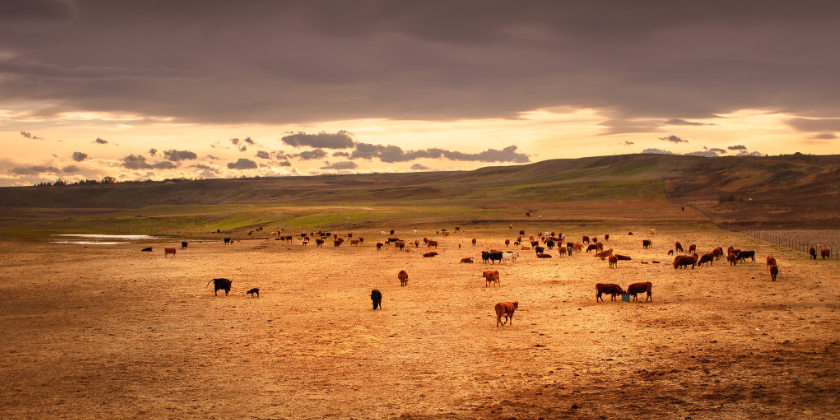

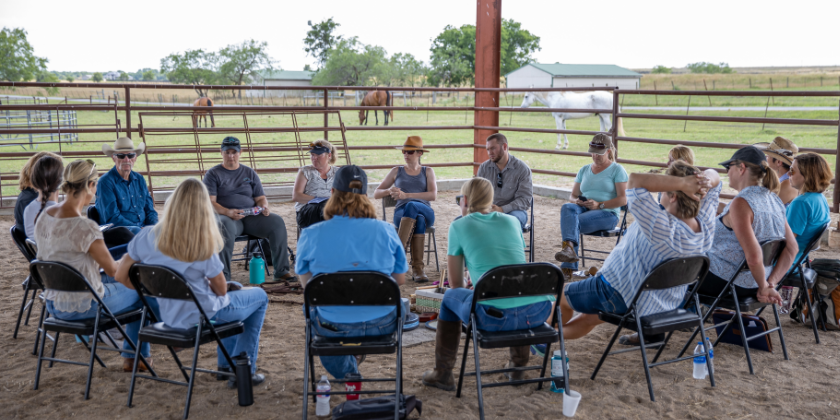
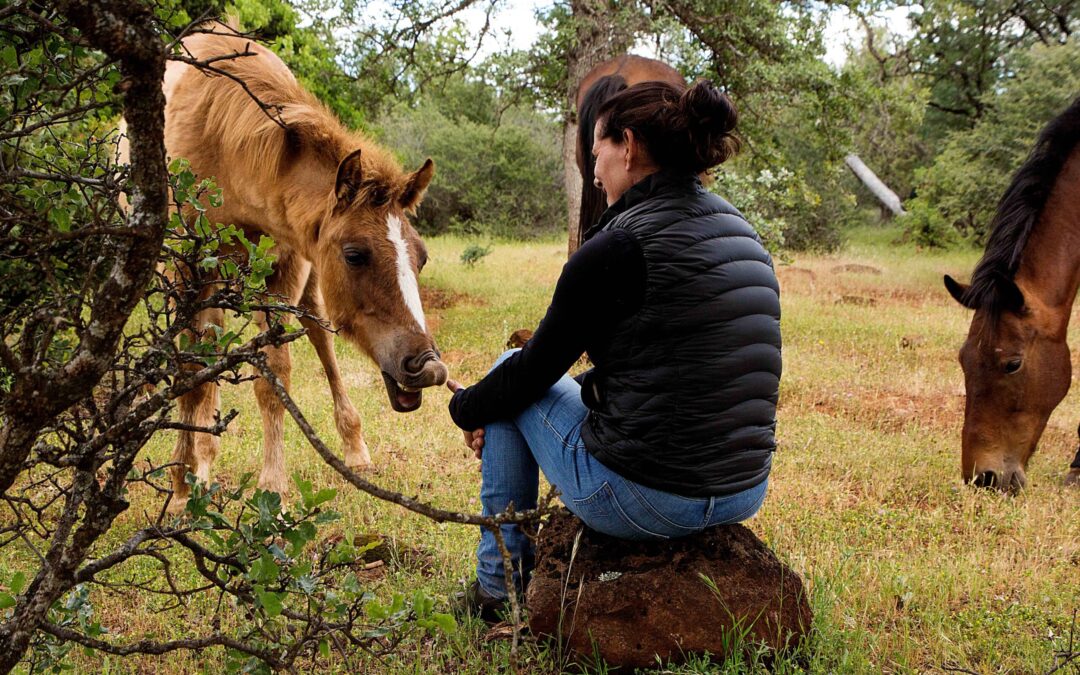
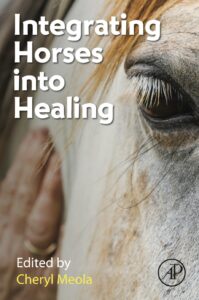
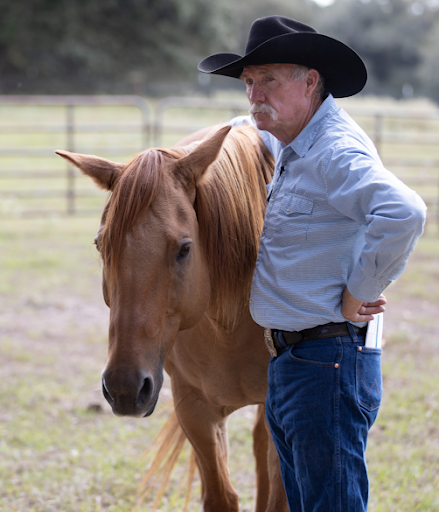
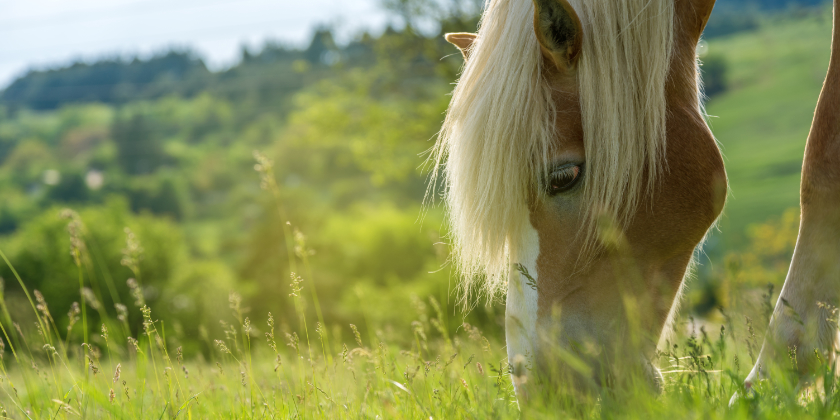
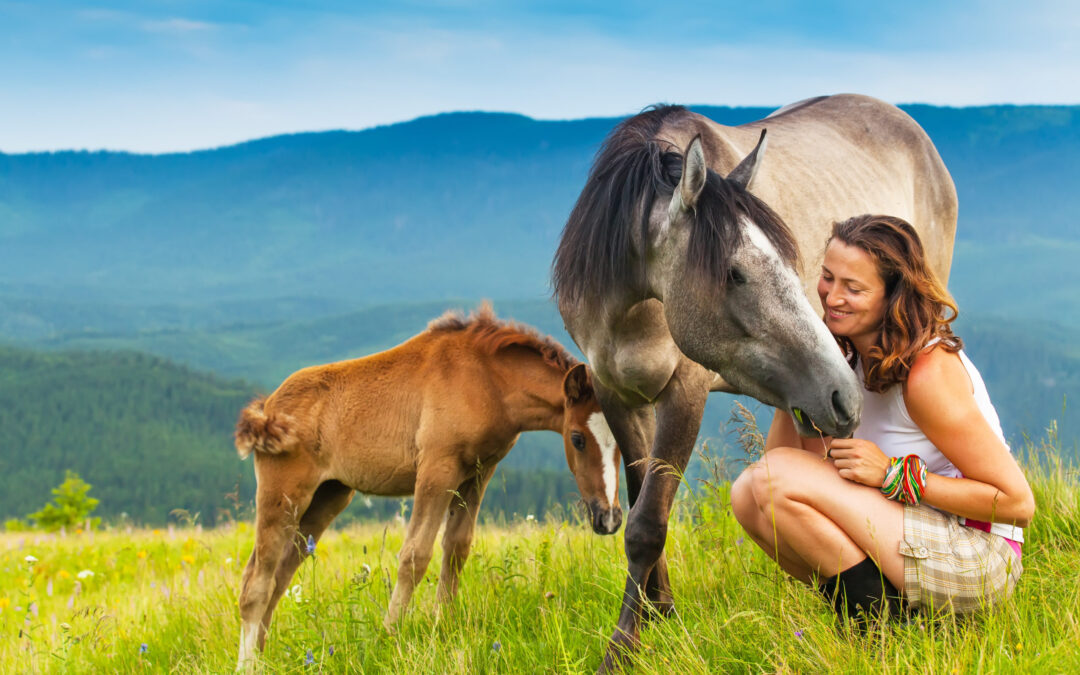
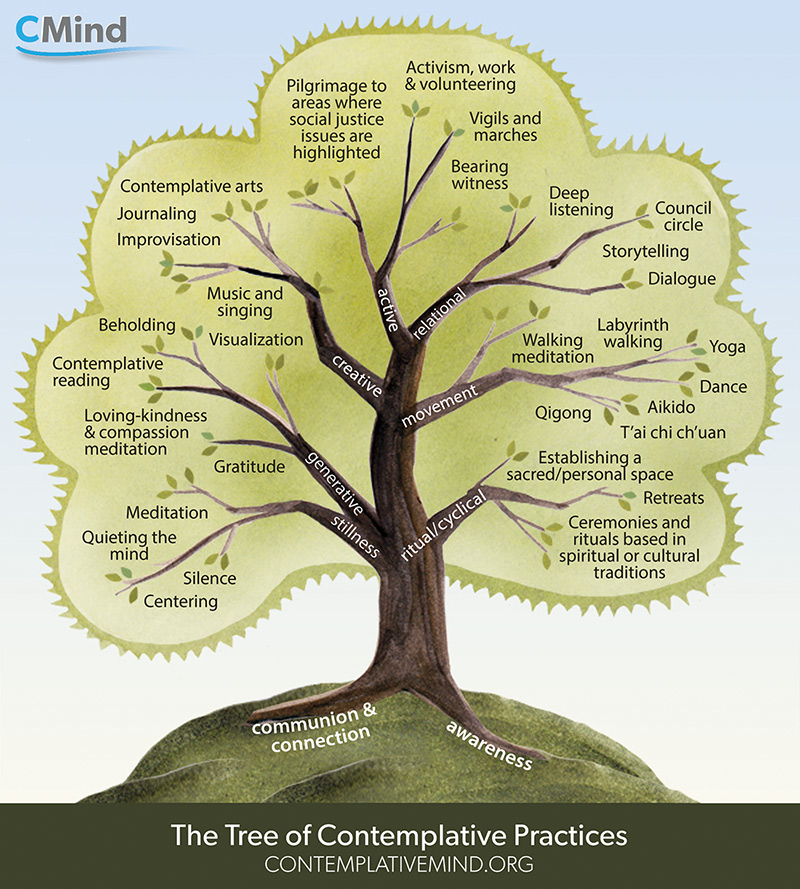
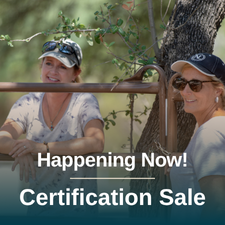
Recent Comments